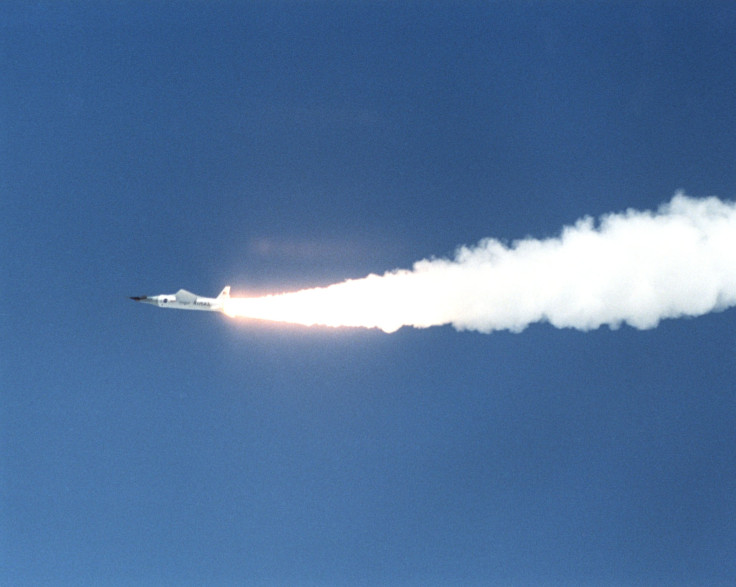China Developing Advanced Hypersonic Missile That Can Hit A Moving Car: Report

China is reportedly working on a heat-seeking hypersonic missile that can strike a moving car at five times the speed of sound. The research team has reportedly made "important progress" in solving how to pinpoint a moving target at extreme speeds.
The team is headed by Yang Xiaogang from the PLA Rocket Force University of Engineering in Xian, reported South China Morning Post.
Hitting a moving target would be a major achievement as the common belief is that a hypersonic weapon's limited maneuverability at such high speed would make striking a moving target impossible.
A research paper published in the Chinese peer-reviewed journal Infrared and Laser Engineering said the heat-seeking technology of the missile would help the Chinese military eliminate high-value targets from long distances with unprecedented speed. Hypersonic weapons mostly target fixed objects on the ground, but the new technology is likely to help extend its application in a regional war.
Though China has already demonstrated its capability in striking mobile targets like an aircraft carrier, something like a moving car is a more complex target due to its small size and quick maneuverability. The presence of multiple similar vehicles in the proximity also makes a moving vehicle a hard target.
Also, the infrared signature of such a small moving target "constitutes just a few pixels without detailed information such as shape, texture and structure." This made identification and tracking extremely difficult, the paper added.
However, Yang's team has reportedly come up with a new identification and tracking method. While a traditional heat-seeker analyses the images produced by infrared sensors frame by frame, the new hypersonic missile will do something more. It will also use the data collected by motion sensors to adjust every pixel, so that most elements in the new image will remain consistent with those in earlier shots in terms of viewing angle, lighting or size, the paper added.
Though this calibration technology is more complex, it gives a clear and stable background that makes the target stand out sharply, the team said.
Yang and his team have been given a deadline of 2025 to come up with solutions to the seemingly intractable challenges of hypersonic technology.
Believing that hypersonic weapons will be the game-changer in the future, China has heavily invested in achieving an edge in technology. According to reports, the People's Liberation Army's hypersonic program employs about 3,000 scientists, 50 percent more than those working on traditional weapons.

Photo: Jim Ross/NASA via Getty Images





















